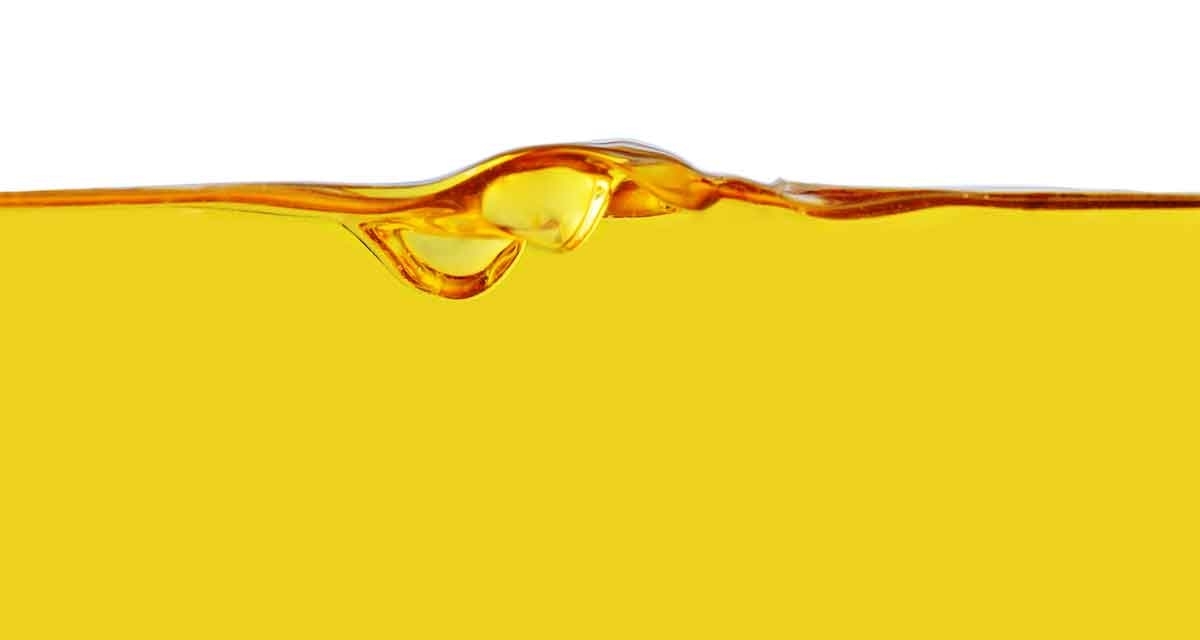
Classification
Jesús Ávila Granados, author of the Enciclopedia del Aceite de Oliva quotes José Carlos Marzal, ex-director of Fundación del Olivar in Jaén - Spain, who defines extra virgin olive oil in the following manner: ?it is the oily juice that comes solely from the fruit of the olive tree, totally natural, which, when from good quality fruits and obtained by the correct mechanical systems, possesses exceptional organoleptic characteristics (aroma, color and flavor.)In fact, olive oil is the only vegetal fat obtained directly from the fruit and is without any additive. It is what may be called pure olive juice. All these explanations lead us to believe in the sole and incontestable existence of quality olive oils. Not true. And it is important to say: it is not low acidity that determines that the product has all its qualities. We must bewaree that, most of the time, low acidity stamped on the label only serves to mask the quality of the oil!
Most of the over 200 varieties of olives suitable for oil production do not end up as an oil that can boast aroma, flavor and quality texture. Besides this fact, the production processes are not absolutely perfect. Failures occur that may lead to deterioration of the product. The International Olive Council regulates the commercialization of olive oil in accordance with the following definitions and denominations: virgin olive oil is that obtained from the fruit of the olive tree, using only mechanical procedures or physical means, in temperature conditions that do not produce alteration in the olive oil. These fruits may not have any other treatment, apart from cleaning/washing, decantation, centrifugation and filtration. This apt for consumption classification covers both the extra virgin and virgin varieties.
After the production process by a press system or centrifugation, the next step is to discover what type of olive oil has resulted.
Furthermore, the International Olive Council establishes technical denominations for each virgin olive oil. These possibilities are as follows:
a- Extra virgin olive oil Olive oil that possesses free acidity, that is a maximum of 0.8% oleic acids per 100g, and organoleptic characteristics that fulfil the specifications established by the category, as we shall see below.
b- Virgin olive oil An olive oil with free acidity between 0.81% and 2% per 100g, and organoleptic characteristics in accordance with the specifications of the category. The virgin olive oils are bought in bulk, by major traders, for the production of plain olive oils.
c- Current virgin olive oil An olive oil whose acidity lies between 2.1% and 3.3% per 100g.It is destined for refining or use in industry.
However, this classification takes into account only the quantity of fatty acids contained in the olive oil. In other words, it demonstrates concern on the part of the Council for protection of the consumer?s health. It constitutes an absolutely technical parameter, which does not consider the various organoleptic attributes of olive oil. For a more rigorous and more precise approach regarding the qualities of each olive oil, there are two ways of classifying it: the sensorial classification obtained by tasters, who make organoleptic analysis of the olive oil, and chemical classification, which analyzes the oil in a laboratory and checks for the sensorially undetectable attributes.
